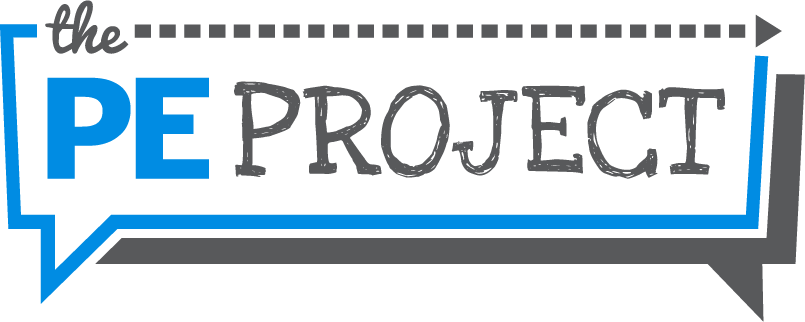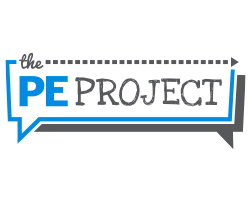Learner-designed teaching style, as proposed by Mosston and Ashworth, is an instructional approach that emphasizes the student's active involvement in the learning process. This approach is particularly suitable for physical education, where students' engagement and participation are crucial for developing their physical skills and promoting a healthy lifestyle.
In learner-designed teaching, students are given more autonomy and control over their learning. They are encouraged to make decisions about what activities they want to participate in, how they want to perform them, and how they want to be evaluated. The teacher acts as a facilitator and provides guidance and support to help students achieve their goals.
One of the main advantages of learner-designed teaching is that it promotes student motivation and engagement. When students have a say in what they are learning, they are more likely to be interested and invested in the process. This approach also fosters the development of critical thinking skills and problem-solving abilities, as students are encouraged to make decisions and evaluate their own performance.
The role of the learner in learner-designed teaching in physical education:
- To select the topic that will be the focus of the study
- To identify questions and issues appropriate for the topic
- To organize the questions, to sequence the tasks, and to design a personal program - a course of action
- To collect data about the topic, to answer the questions, and organize the answers into a reasonable framework
- To verify the procedures and solutions based on criteria intrinsic to the subject matter at hand
The role of the teacher in learner-designed teaching in physical education:
- To select the general subject matter area from which the learners will select their topics
- To observe the learner's progress
- To listen to the learner's periodic presentation of questions and answers
Overall, learner-designed teaching is a student-centered approach that can be highly effective in physical education. By promoting autonomy, motivation, and critical thinking, it can help students to develop the skills and habits needed to lead a healthy and active lifestyle.
References
- Mosston, M., & Ashworth, S. (2008). Teaching physical education (5th ed.). Benjamin Cummings.
- Lonsdale, C., Hall, A. M., & McDonald, D. (2012). Self-determined physical education: A global perspective. Journal of Physical Education, Recreation & Dance, 83(2), 16-22.
- Standage, M., & Gillison, F. B. (2007). Students’ motivational responses toward school physical education and their relationship to general self-esteem and health-related quality of life. Psychology of Sport and Exercise, 8(5), 704-721.










